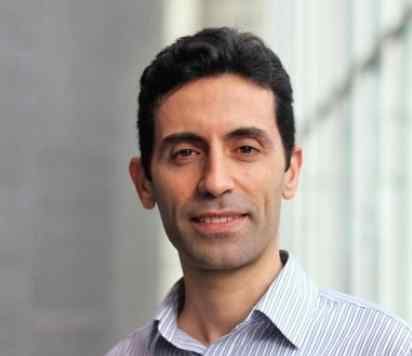BibTex format
@article{Yu:2024:10.1007/s10439-023-03146-9,
author = {Yu, X and Baker, CE and Ghajari, M},
doi = {10.1007/s10439-023-03146-9},
journal = {Annals of Biomedical Engineering},
pages = {2687--2702},
title = {Head impact location, speed and angle from falls and trips in the workplace},
url = {http://dx.doi.org/10.1007/s10439-023-03146-9},
volume = {52},
year = {2024}
}
RIS format (EndNote, RefMan)
TY - JOUR
AB - Traumatic brain injury (TBI) is a common injury in the workplace. Trips and falls are the leading causes of TBI in the workplace. However, industrial safety helmets are not designed for protecting the head under these impact conditions. Instead, they are designed to pass the regulatory standards which test head protection against falling heavy and sharp objects. This is likely to be due to the limited understanding of head impact conditions from trips and falls in workplace. In this study, we used validated human multi-body models to predict the head impact location, speed and angle (measured from the ground) during trips, forward falls and backward falls. We studied the effects of worker size, initial posture, walking speed, width and height of the tripping barrier, bracing and falling height on the head impact conditions. Overall, we performed 1692 simulations. The head impact speed was over two folds larger in falls than trips, with backward falls producing highest impact speeds. However, the trips produced impacts with smaller impact angles to the ground. Increasing the walking speed increased the head impact speed but bracing reduced it. We found that 41% of backward falls and 19% of trips/forward falls produced head impacts located outside the region of helmet coverage. Next, we grouped all the data into three sub-groups based on the head impact angle: [0°, 30°], (30°, 60°] and (60°, 90°] and excluded groups with small number of cases. We found that most trips and forward falls lead to impact angles within the (30°, 60°] and (60°, 90°] groups while all backward falls produced impact angles within (60°, 90°] group. We therefore determined five representative head impact conditions from these groups by selecting the 75th percentile speed, mean value of angle intervals and median impact location (determined by elevation and azimuth angles) of each group. This led to two representative head impact conditions for trip
AU - Yu,X
AU - Baker,CE
AU - Ghajari,M
DO - 10.1007/s10439-023-03146-9
EP - 2702
PY - 2024///
SN - 0090-6964
SP - 2687
TI - Head impact location, speed and angle from falls and trips in the workplace
T2 - Annals of Biomedical Engineering
UR - http://dx.doi.org/10.1007/s10439-023-03146-9
UR - https://www.webofscience.com/api/gateway?GWVersion=2&SrcApp=PARTNER_APP&SrcAuth=LinksAMR&KeyUT=WOS:000926355400002&DestLinkType=FullRecord&DestApp=ALL_WOS&UsrCustomerID=1ba7043ffcc86c417c072aa74d649202
UR - https://link.springer.com/article/10.1007/s10439-023-03146-9
VL - 52
ER -
